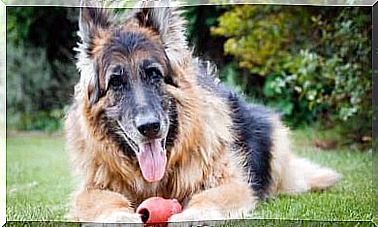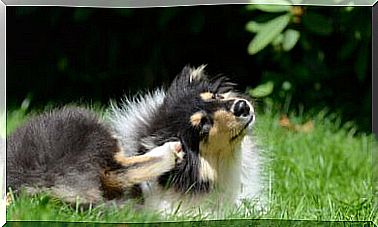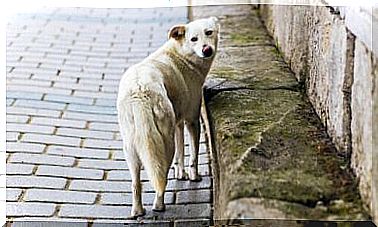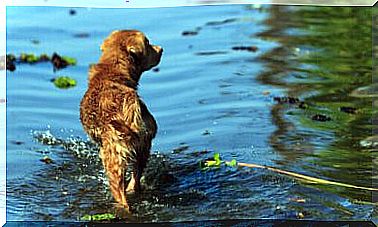Understand Your Dog’s Mood By Observing His Posture
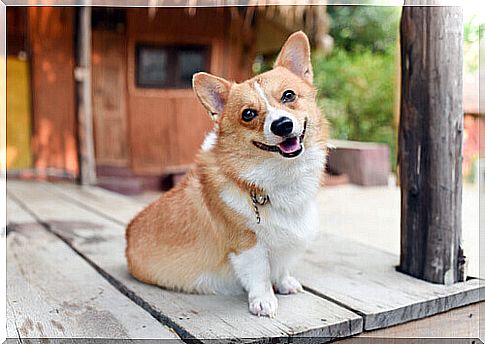
For many years we have tried to interpret body language to understand the character and mood of people or animals. Today we want to talk to you about how much body language is useful for better understanding your dog or guessing his state of mind.
To do this you will have to observe his postures, some times clearer, other times less intuitive. Knowing them will help you understand his emotional state and, therefore, act accordingly. Let’s see the most common.
The postures that reveal the mood of the dog
These are some of the most common postures that tell us a lot about the mood and emotions of our four-legged friends.
Upright posture
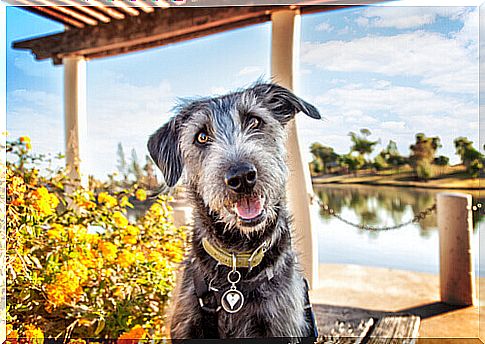
When the dog stands upright, with his head held high and his tail raised, it means he is feeling confident and confident. The pupils of the eyes are small and the ears can be relaxed or straight. In this case, his state of mind is relaxed and safe.
Bow
In this position the dog has the front legs and chest flat on the ground; it often holds its tail straight and wags it non-stop. Although some consider it an attacking position, it instead indicates a happy and euphoric state of mind ; the dog cannot hold back the desire to play with you, so much so that this posture is often called an “invitation to play”.
Movement of the hips
Has your dog ever pushed you with his hips or pushed another dog? This does not mean that he is angry or wants to fight, just the opposite.
If he does this to another dog, it simply indicates that he needs to interact with his fellow dog.
Done to you, it is a sign of trust; if you play him for a while he sure won’t complain. In rarer circumstances, when the dog shows you his hips in this “cheeky” way he is asking you for a scratch: after all, it is a difficult point for him to reach.
Turn from side to side face up
How many times have you seen your dog lying on his back rolling from side to side? Many, for sure! Well it is a sign of submission. In some cases, dogs use this posture to escape a threat.
It is an evasive maneuver in the face of something that the animal considers a danger and can be reinforced by pushing away with the paws what it does not like.
Go back and forth
When the dog walks aimlessly, back and forth, it generally indicates that he is bored, nervous or even stressed. When you see your dog doing this, take him for a run, walk or play.
He probably needs some exercise to regain his composure.
Freeze
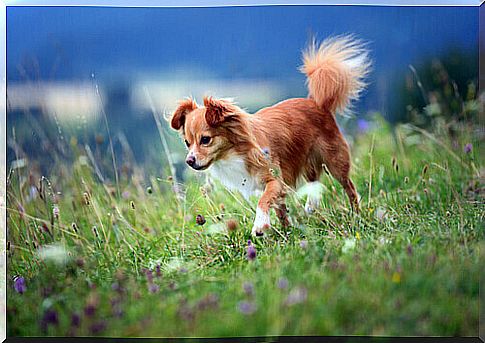
If your four-legged friend is in the thick of action, with you, another person or a dog, and suddenly freezes as if he has seen a Martian it is because he does not feel safe.
He has seen something unpleasant that has made him lose confidence and for this reason he freezes; the next step is likely to be walking away to be alone for a while.
Arched back
Arching your back and standing on end is not a sign of attack; rather it indicates that the dog has “smelled” a danger and is preparing by disguising itself. With this posture the animal tries to look bigger, convinced that this will help him to better protect himself from impending danger.
These are some of the main postures that the dog can take and that reveal his state of mind. Recognizing them will help you create a special bond with him or strengthen it.
You will likely come up with other positions or maybe your dog has invented his own to communicate something to you. Do you want to share them with us?




